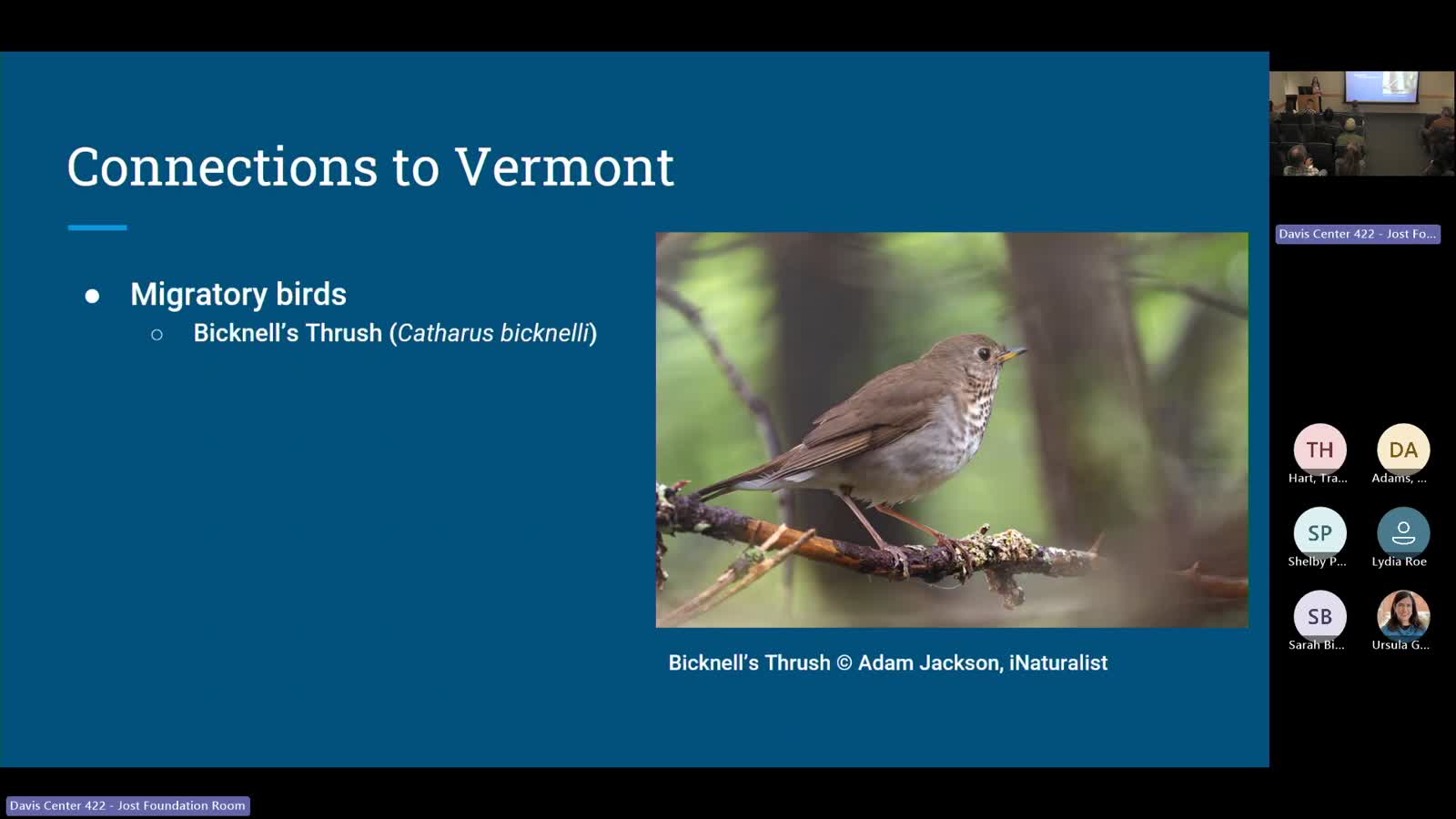Search Results
Results for: 'Town Forest'
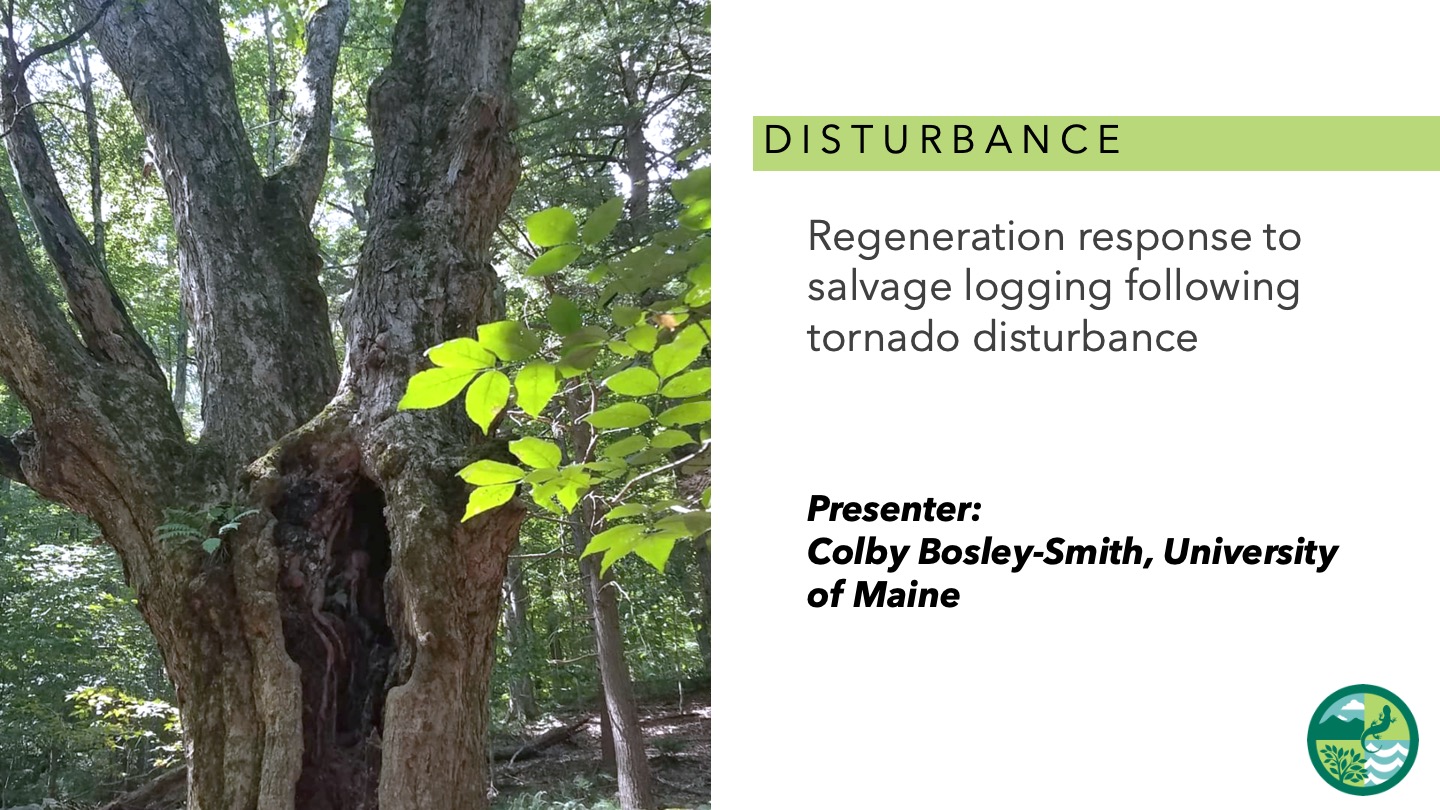
Regeneration Response to Salvage Logging Following Tornado Disturbance
This was presented by Colby Bosley-Smith as a part of a series of contributed talks from the 2022 FEMC Annual Conference. To learn more about the conference, visit: https://www.uvm.edu/femc/cooperative/conference/2022. Understanding the influence ...

Project Overview: Northeastern Forest Climate Change Exposure Mapping
This video gives an overview of the Northeastern Forest Climate Change Exposure Mapping (NEFCCEM) study's background, as well as instructions on how to utilize its interactive GIS web experience.
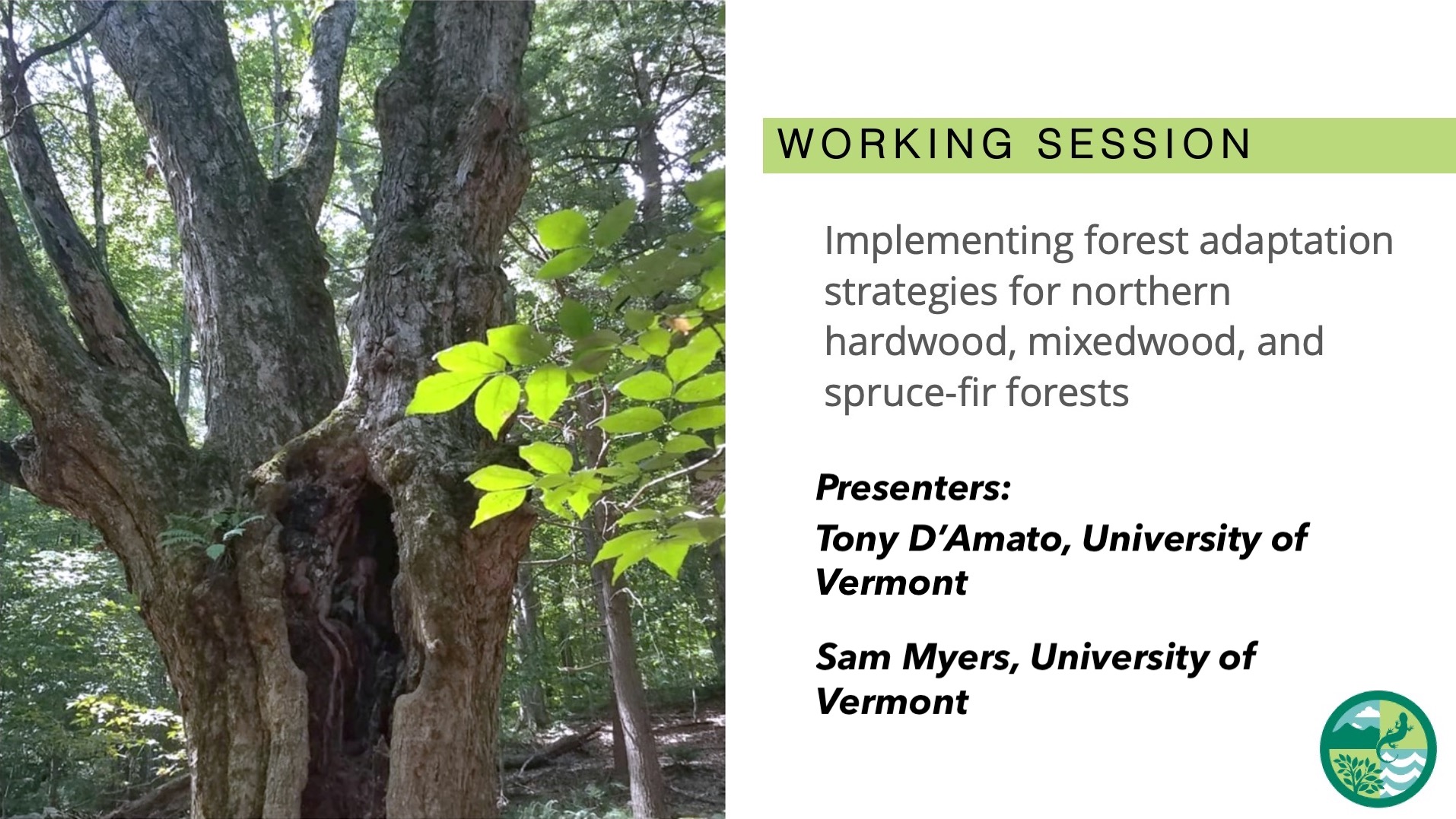
This was a working session led by Tony D'Amato and Sam Myers as a part of the 2023 FEMC Annual Conference.
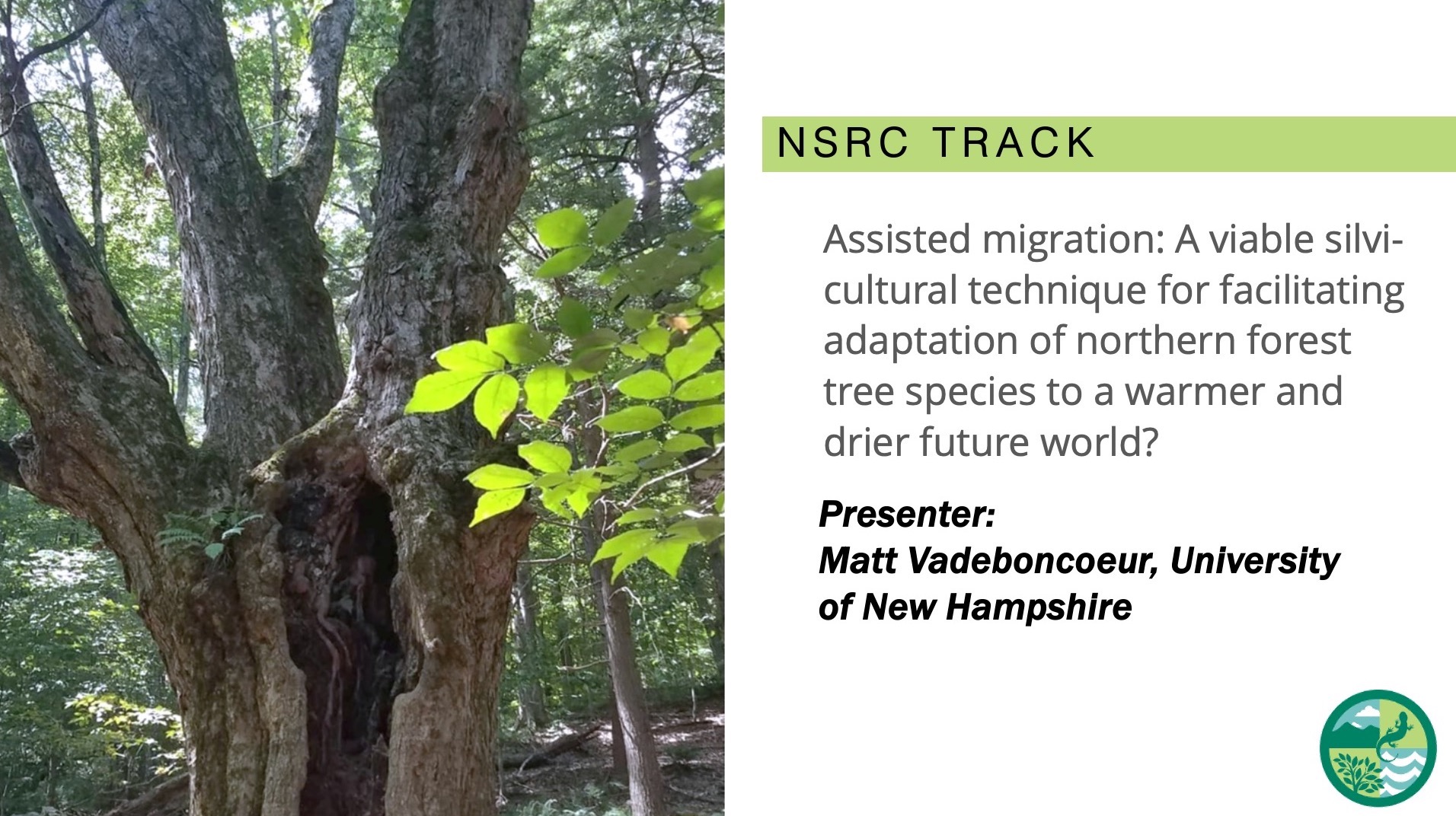
This was a contributed talk by Matt Vadeboncouer as a part of the 2023 FEMC Annual Conference.
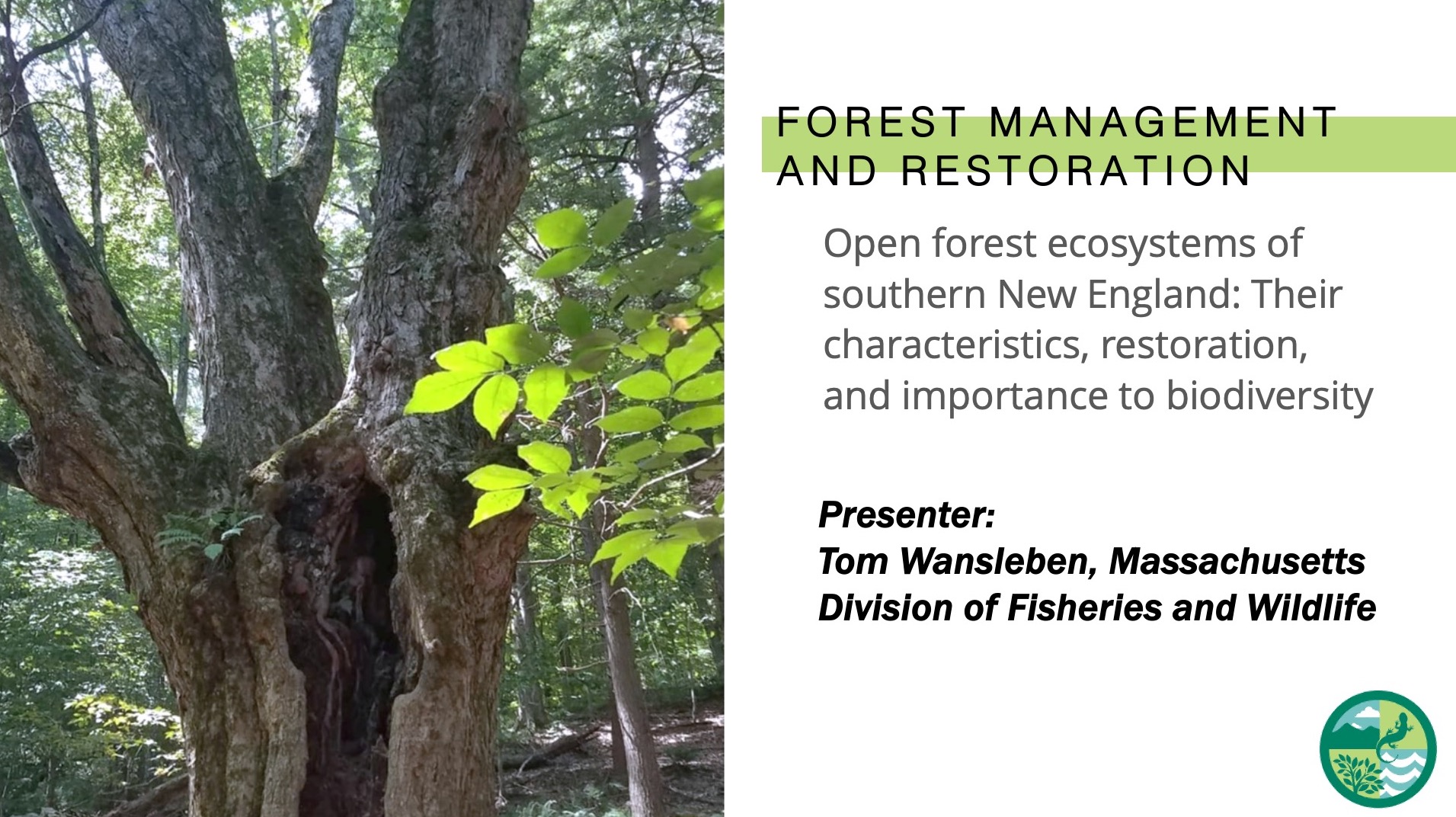
This was a contributed talk by Tom Wansleben as a part of the 2023 FEMC Annual Conference.
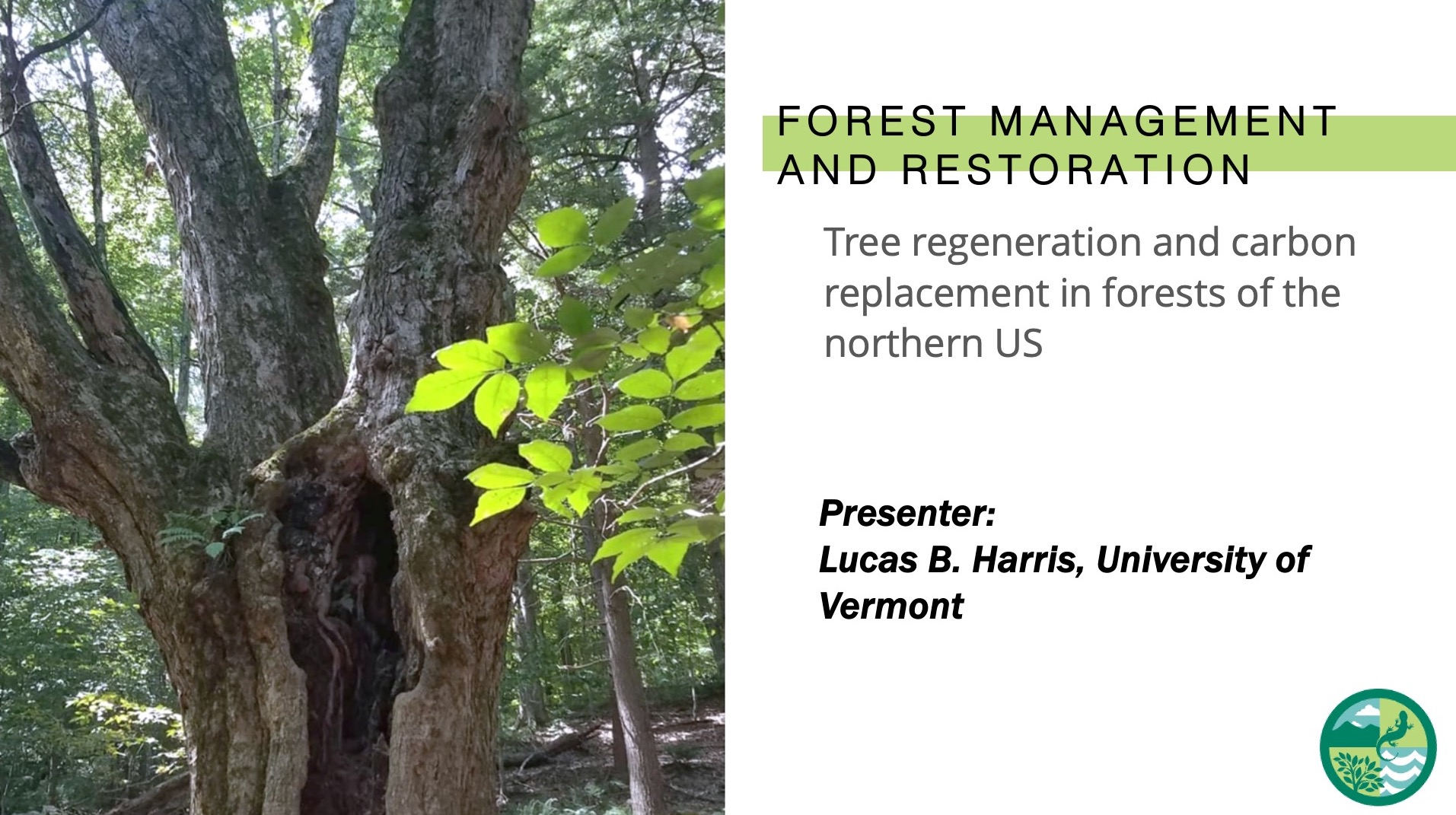
Tree Regeneration and Carbon Replacement in Forests of the Northeastern US
This was a contributed talk by Lucas Harris as a part of the 2023 FEMC Annual Conference.
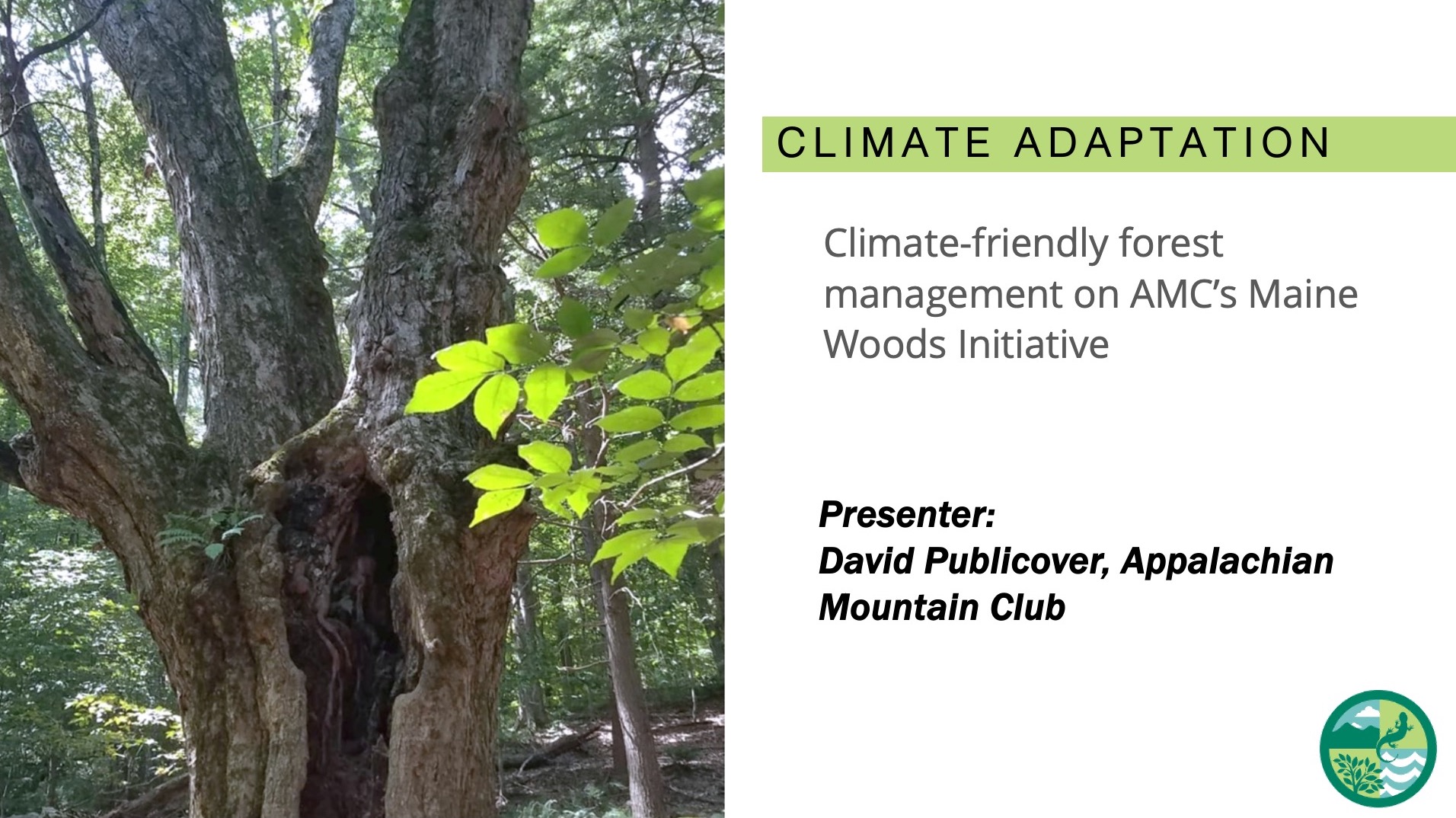
Climate-friendly Forest Management on AMC's Maine Woods Initiative
This was a contributed talk by David Publicover as a part of the 2023 FEMC Annual Conference.
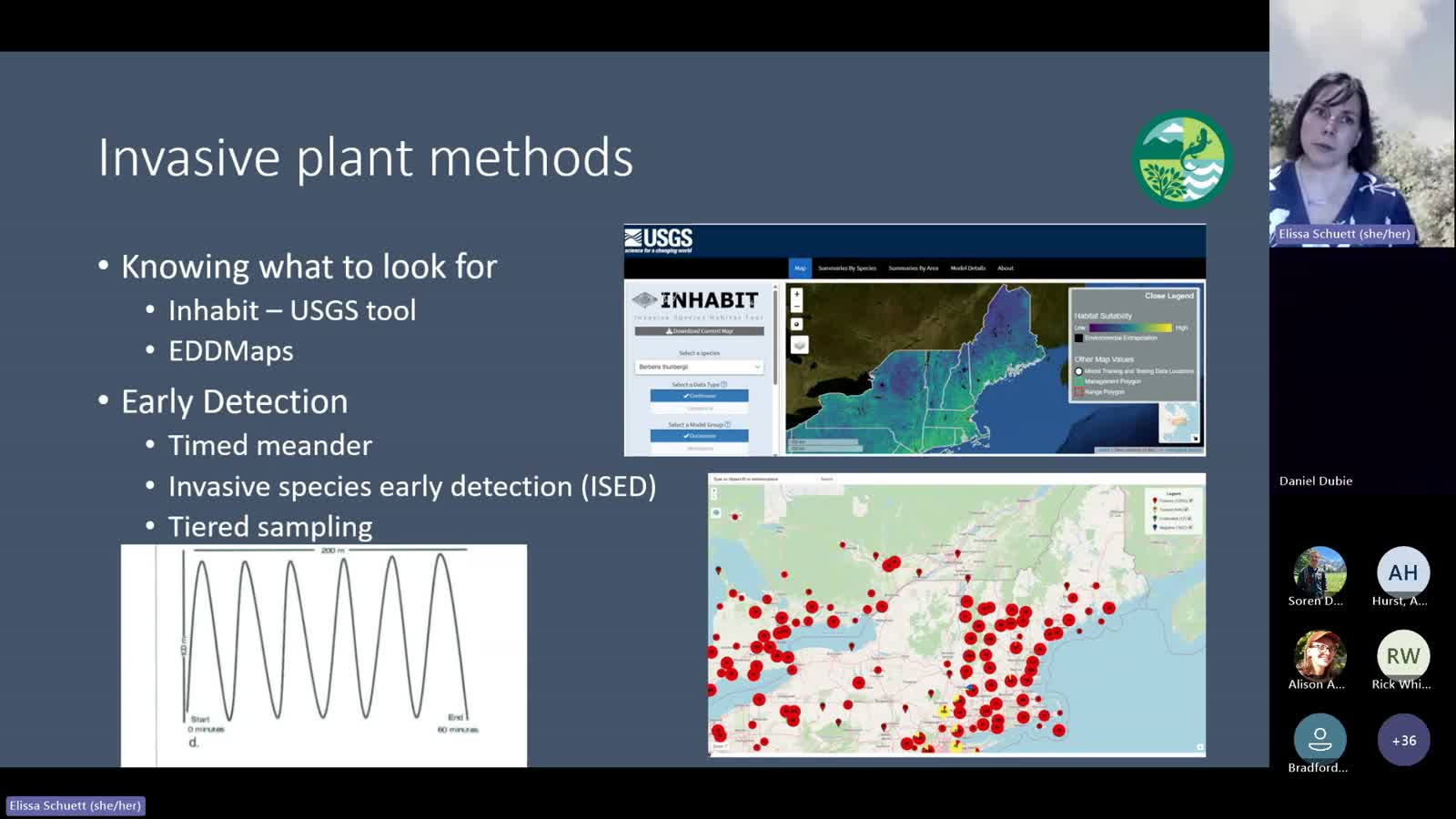
FEMC Webinar - Monitoring methods for recreation impacts on forest ecosystems
FEMC compiled monitoring resources and developed a decision support tool to guide managers in implementing monitoring programs in recreation areas. FEMC staff, Elissa Schuett presented information about the development and use of the tool.
